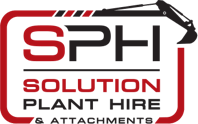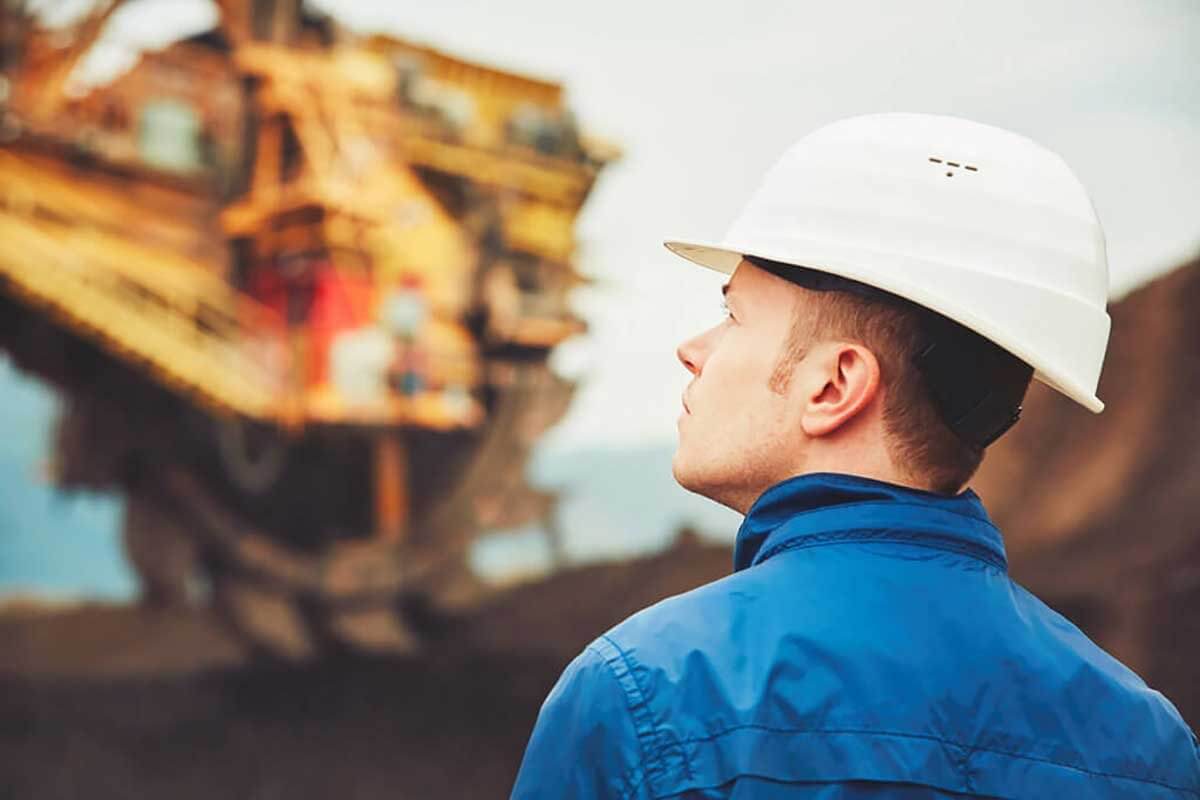Not everything at a worksite requires specific training and certification to use, but you’d better be sure you have the correct legal backing for the specified and complex equipment which does.
Maintaining workplace safety and ensuring the correct usage of plant is the responsibility of every worker and site owner. Work Health and Safety Regulations put in place during 2011 outline specific requirements for identifying and controlling hazards in the workplace environment, and outline the need for experienced and capable handlers for equipment liable to cause serious harm or injury.
These laws additionally outline the new equipment – among them Scrapers and Dozers – that no longer need specialty certification or for which the certification has been moved, as well as which situations require a License to Perform High-Risk Work (LHRW).
Understanding these laws, and the certification they specify, is important not just to operating a jobsite, but maintaining the safety of the crew working it.
The role of management in training and licensing
Ultimately, the law outlines the main responsibility for any accidents that may occur in the workplace due to inadequate training onto the person conducting a business or undertaking (PCBU), whose obligations include (for themselves, workers, and visitors):
- Safe systems of work
- Safe use of plant, structures, and substances
- Adequate information, training, instruction, and supervision
- Compliance with requirements under the Work Health and Safety Regulation
On top of this, a PCBU has a blanket duty of care “to ensure workers and other are not exposed to a risk to their health and safety”, which, combined with responsibility for training, exposes them to massive risk if they fail to meet licensing and training parameters.
What doesn’t require a license?
Under the new rules, you won’t need a license to operate an excavator, as well as many other kinds of equipment. Earthmoving or particular crane certification (EPC) formerly covered much of this, but the 2011 guidelines state that the following machinery is free for workers to use:
- Front-end loader backhoe (LB)
- Bridge and gantry (remote control) crane (LBG)
- Excavators (LE)
- Front-end loaders (LL)
- Scrapers (LP)
- Road-rollers (LR)
- Graders (LG)
- Skid steer loaders (LS)
- Dozers (LZ)
However, there’s a clear differentiation between ‘able to use without specified certification’ and free use of equipment. As part of the duty of care, the PCBU must ensure the competency of their workers to operate equipment regardless of legal ability to operate as a catch-all for any unsafe circumstances.
Competency vs. certification
Competency is defined by the PCBU and a competency test may follow one of any number of routes. Workers may be asked to provide documentation of prior certification under the former Workplace Health & Safety Regulation of 2008, records or logbooks indicating prior experience with the operation of said equipment, work review and ongoing assessment over time, or any other relevant certification which may provide some indication of their ability to conduct operations.
In situations where a person cannot prove their competency, the PCBU will be required to either provide training or forbid usage of plant. For their part, workers are heavily encouraged to keep notes of training, up to and including logbooks and any other documentation provided by their employer or trainer, for future competency tests with the same or new employer.
High-risk work licenses
Work Health and Safety Regulation 2011 outlines 29 separate classes of high-risk work requiring licensing, ranging from basic scaffolding to reciprocating steam engines.
Relevant categories include:
1. Dogging and rigging
This category, which is chiefly to do with erecting steel hoists, also includes the necessary qualifications to direct plant “using a variety of means including skates, chain blocks, tirfors, and other means” at a basic level. Intermediate training also includes rigging cranes, dredges, and excavators.
The certification necessary for these operations are:
- CPCCLDG3001A Licence to perform dogging
- CPCCLRG3001A Licence to perform rigging basic level
- CPCCLRG3002A Licence to perform rigging intermediate level
- CPCCLRG4001A Licence to perform rigging advanced level
2. Cranes and hoists
Classification of cranes and hoists covers 14 distinct types of vehicle (with some overlap between 4 or 5 categories).
Firstly, if you’re a holder of the repealed 2008 slewing mobile crane license (and are operating under that license), you can operate the following criteria of crane and hoist without holding a license:
- Vehicle loading cranes with a capacity of 10 metre tonnes or more (CV)
- Non-slewing mobile cranes with a capacity exceeding 3 tonnes (CN)
- Reach Stacker (RS)
For new applicants, you will instead be assessed upon two national units of competency:
- TLILIC0012A License to operate a vehicle loading crane (capacity 10 metre tonnes and above) (CV)
- TLILIC3006A License to operate a non-slewing mobile crane (greater than 3 tonnes capacity) (CN)
On top of the CV and CN classification, the following additional categories and license codes apply for other crane types for new applicants:
- Reach Stacker (RS)
- Slewing mobile crane with a capacity over 100 tonnes (C0)
- Slewing mobile crane with a capacity of 100 tonnes or less (C1)
- Slewing mobile crane with a capacity of 60 tonnes or less (C6)
- Slewing mobile crane with a capacity of 20 tonnes of less (C2)
A C0 encompasses all cranes with a tonnage lower than its specification, in the same way that a C1 encompasses C6 and C2. This does not extend the other way (for example, a C2 licensed for 20 tonnes or less CANNOT operate a C6 category 60 tonne crane, but a C6 operator could operate a C2 category 20 tonne).
One exception between doggingrigging licenses is that operators with a bridge and gantry crane (remote) certification are exempt from holding a license to sling their own loads.
3. Forklifts
Forklifts are classified as high-risk work, and despite them seeming innocuous enough, you’ll need the corresponding documentation to operate them. It’s easy to think of forklifts as more analogous to cars than dangerous equipment, but that doesn’t stop between 3 and 9 fatalities recorded, and up to a thousand serious claims of work-site injuries reported each year from their use.
There are two forklift operator licenses in Australia, both falling under the wider category of ‘loadshifting equipment’.
Firstly, order pickerstock picker forklifts, which are covered by the LO license (which does NOT allow holders to operate other forklift types).
Secondly, LF operational certification, which covers all other forklifts (with the exception of LO class forklifts specifically).
These are extremely easy certificates to achieve and can be done by laymen in a weekend course, or often single-day refreshers.
Driving plant equipment on roads
For the majority of plant equipment, the only requirement for road transportation is a valid state-issued driver’s license with the endorsement of your PCBU as a competent operator. However, for any abnormal or large plant, consult your state’s department of transport.
Tried and tested equipment with 247 support
If you’re looking for earthmoving equipment, and you’re not fully certain what accreditation your workers need to possess, or the full extent of how competency applies, we’ll be able to ensure that you hire the equipment that suits your needs and job site.
Contact us at Solution Plant Hire on 1300 774 473, at sales@solutionplanthire.com.au, or on our online contact form today in order to request a free quote. We cater to NSW, Canberra, Queensland, and Victorian companies, and provide 247 support for any problems you may have.




